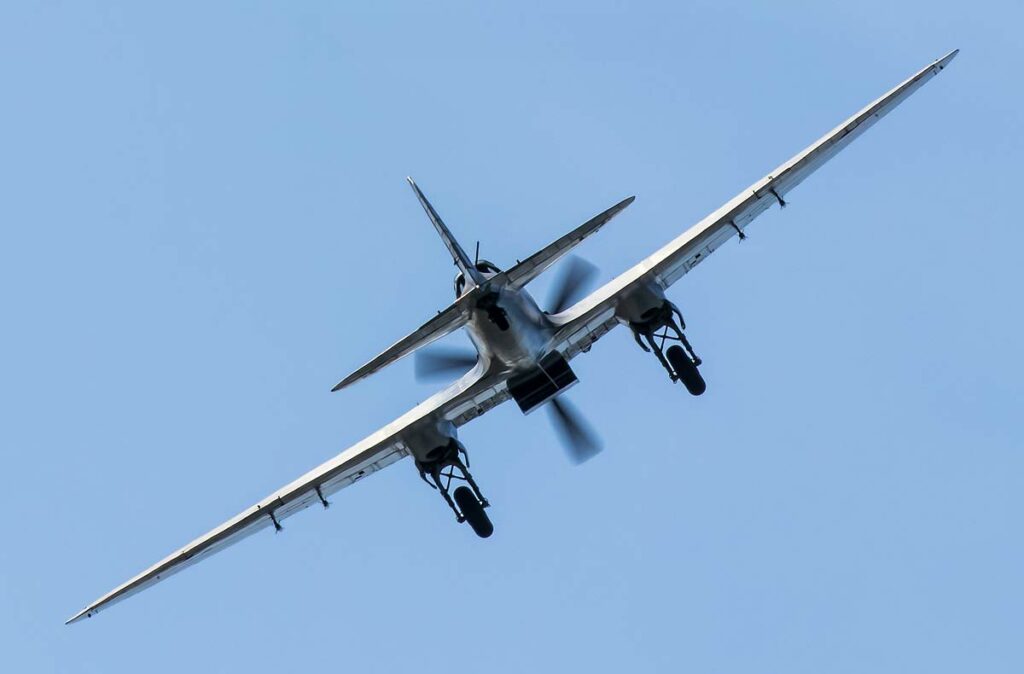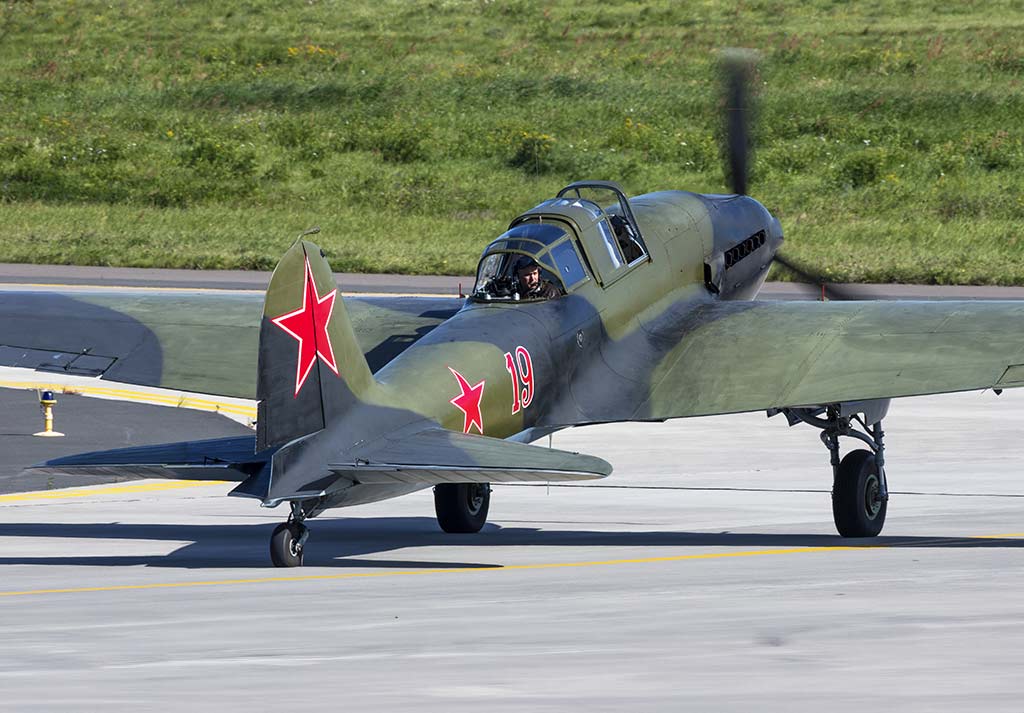The Ilyushin Il-2, a Soviet ground-attack aircraft, was pivotal in WWII. Renowned for its armored protection, it was effective against ground and armored targets.
This article explores the Ilyushin Il-2, a significant Soviet ground-attack aircraft of World War II. It delves into its development, design, performance, and military use. The Il-2’s development was driven by the need for an effective ground-attack aircraft during a pivotal epoch in aviation history. Its robust design incorporated innovative armor and weapons systems. Performance-wise, it demonstrated considerable power and efficiency, albeit with some limitations. Militarily, the Il-2 was extensively used in various operations, profoundly impacting warfare tactics and influencing subsequent aircraft designs.
The Ilyushin Il-2 holds a distinguished place in military aviation history. As a ground-attack aircraft, it played a crucial role in the Soviet Union’s aerial operations during World War II. This article examines the Il-2’s development history, design, performance, and military applications, offering insights into its significance and legacy.

History of the Development of the Ilyushin Il-2:
The Ilyushin Il-2, developed in the late 1930s, emerged from a crucial era in aviation history. With global tensions escalating, the Soviet Union recognized the need for a robust ground-attack aircraft to support its expanding military ambitions. The development objective was clear: to produce an aircraft capable of delivering effective ground assaults while withstanding significant damage.
The Il-2 program was initiated by Sergei Ilyushin, a prominent Soviet aircraft designer. It first took to the skies in 1939, marking a significant milestone in Soviet aviation. The aircraft was a response to the evolving dynamics of aerial warfare, where the ability to target ground positions with precision was increasingly vital.
The Il-2’s design reflected the strategic demands of the epoch. It was built to provide close air support to Soviet ground forces, particularly against enemy armored units. The aircraft’s robustness and firepower quickly earned it a formidable reputation. Although it didn’t receive a specific NATO nickname, the Il-2 was widely recognized and respected by both allies and adversaries.
Design of the Ilyushin Il-2:
The Il-2’s design was a marvel of engineering. It featured a length of 38 feet (11.6 meters) and a wingspan of 48.2 feet (14.6 meters). The aircraft was primarily constructed from steel and non-flammable materials, providing enhanced protection to the pilot and critical components. Its most distinctive feature was the armored tub, a shell of steel plates up to 12mm thick, enveloping the engine and pilot.
The Il-2’s armament was formidable, including two 23mm cannons and two 7.62mm machine guns, along with provisions for rockets and bombs. This made it highly effective against ground targets, though the added weight impacted its agility.
The aircraft’s design brought significant advantages to the Soviet air force, notably its durability and firepower. However, the heavy armor also presented drawbacks, such as reduced speed and maneuverability, limiting its effectiveness in certain combat scenarios.
Performance of the Ilyushin Il-2:
Powered by a Mikulin AM-38 engine, the Il-2 boasted impressive power, delivering up to 1,700 horsepower. This enabled a top speed of around 250 mph (400 km/h) and a service ceiling of 18,000 feet (5,500 meters). Its range was approximately 450 miles (720 kilometers), sufficient for short to medium-range missions.
In terms of performance comparison, the Il-2 was not the fastest or most agile aircraft of its time. However, its robustness and firepower made it a formidable opponent against ground targets. It outperformed many contemporary aircraft in this role, though it faced challenges against faster, more maneuverable fighters.

Military Use and Combat of the Ilyushin Il-2:
The Il-2 saw extensive military use during World War II. It was equipped with a variety of weapons, including bombs, rockets, and machine guns, making it versatile in various combat scenarios. The aircraft was notably effective in tank-busting missions, contributing significantly to the Soviet Union’s ground campaigns.
The Il-2 participated in numerous operations, from the Battle of Kursk to the Berlin offensive. Its impact on ground warfare was substantial, often tipping the scales in favor of Soviet forces. While it faced competition from German aircraft like the Stuka dive bomber, the Il-2’s unique capabilities often gave it an edge in ground-attack roles.
The aircraft was also exported to several allied nations, enhancing its operational footprint. It was eventually phased out post-WWII, replaced by more advanced models like the Ilyushin Il-10. However, its legacy continued to influence ground-attack aircraft design for years.
The Ilyushin Il-2 stands as a testament to innovative military aviation design and strategy. Its development, rooted in the tactical needs of its time, resulted in an aircraft that significantly influenced ground combat dynamics during World War II. Its combination of rugged durability, potent firepower, and strategic effectiveness rendered it a crucial component in the Soviet Union’s military arsenal, leaving a lasting imprint on the evolution of aerial warfare.
Back to the Warbirds section.